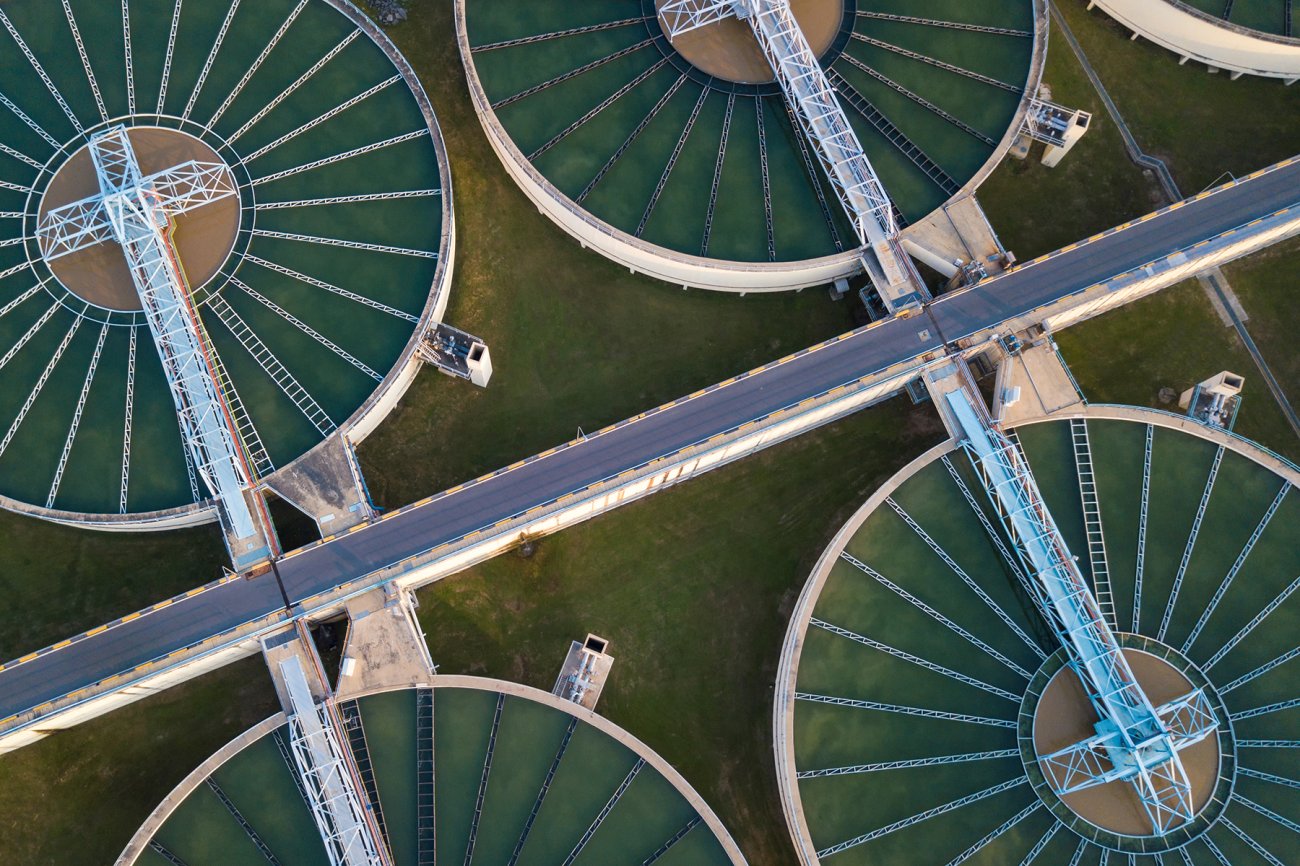9 Easy Facts About Reclaim Waste Explained
9 Easy Facts About Reclaim Waste Explained
Blog Article
Getting The Reclaim Waste To Work
Table of ContentsHow Reclaim Waste can Save You Time, Stress, and Money.Examine This Report on Reclaim WasteWhat Does Reclaim Waste Mean?The 7-Second Trick For Reclaim WasteReclaim Waste for Beginners
Discover the types, occurrences, and forms of fluid waste. Residential sewer waste describes the waste and items from a residential septic container. This kind of waste is produced by human beings in homes, institutions, and other buildings. This only consists of septic systems that have a drainpipe field. The proper monitoring and disposal of domestic sewer waste call for liquid waste to be moved to a sewer therapy plant where the proper approaches and tools are used to purify and deal with waste.
Industrial waste usually includes possible dangers, such as combustible materials or a mix of fluid and solid waste items, and needs an extra sophisticated and in-depth disposal process. The disposal of business waste usually entails the filtration of waste prior to transportation to make sure secure and proper disposal. Industrial waste is produced from results and drainage of commercial processes and production.
This sort of waste can not make use of the exact same sewer monitoring transport or processes as septic or business fluids. The hazardous waste management process needs the assessment and testing of liquid waste before it undergoes the disposal process (liquid waste removal melbourne). Overflow waste is the fluid waste that originates from drainage and excess stormwater in highly inhabited areas or cities
Drainage waste can trigger contamination and flooding if not managed correctly. Guaranteeing proper waste management can stop calamities and minimize environmental damage.
Examine This Report about Reclaim Waste
Get in touch with PROS Solutions today to find out about our waste monitoring and disposal services and the proper methods to look after the fluid waste you produce.
(https://www.slideshare.net/leonaube33101)Do you understand what takes place to your water when you disengage, flush the commode or drain pipes the cleaning equipment? No? Well, it deserves recognizing. This so-called 'wastewater' is not only a vital source but, after therapy, will be released to our land, waterways or the ocean. Made use of water from bathrooms, showers, bathrooms, kitchen area sinks, washings and industrial procedures is called wastewater.

water utilized to cool equipment or tidy plant and equipment). Stormwater, a kind of wastewater, is runoff that streams from farming and metropolitan locations such as roofings, parks, gardens, roads, paths and seamless gutters right into stormwater drains pipes, after rainfall. Stormwater moves without treatment directly to regional creeks or rivers, ultimately reaching the ocean.
The Greatest Guide To Reclaim Waste
In Queensland, most wastewater is dealt with at sewage therapy plants. Wastewater is transported from domestic or commercial sites with a system of drains and pump terminals, understood as sewage reticulation, to a sewage therapy plant.
The Department of Natural Resources recommends local governments regarding handling, operating and maintaining sewerage systems and therapy plants. In unsewered areas, local governments might need homeowners to install specific or house sewer treatment systems to treat residential wastewater from commodes, cooking areas, restrooms and laundries. The Department of Natural Resources authorizes making use of house systems when they are confirmed to be efficient.
In some new communities, therapy of some stormwater to get rid of clutter, sand and crushed rock has begun making use of gross pollutant catches. Wastewater treatment takes place in four phases: Eliminates strong issue.
Wastewater then moves right into big tanks where solids settle and are eliminated as sludge. Oil and residue are skimmed find from the surface area. Utilizes little living organisms referred to as micro-organisms to break down and get rid of remaining dissolved wastes and great fragments. Micro-organisms and wastes are integrated in the sludge. Removes nitrogen and phosphorus nutrients that might create algal flowers in our rivers and threaten marine life.
The Reclaim Waste Diaries
Nutrient elimination is not readily available at all sewer therapy plants due to the fact that it needs costly specialist devices. Clear fluid effluent created after treatment might still contain disease-causing micro-organisms - liquid waste disposal.

A lot of wastewater flows right into the sewerage system. Under the Act, local federal governments provide authorizations and permits for eco appropriate activities (Ages) entailing wastewater launches that might have a local influence.
Reclaim Waste for Dummies
Surveillance offers accurate info regarding water quality and can verify that permit problems are being satisfied. The details gotten via monitoring offers the basis for making water high quality choices.
Report this page